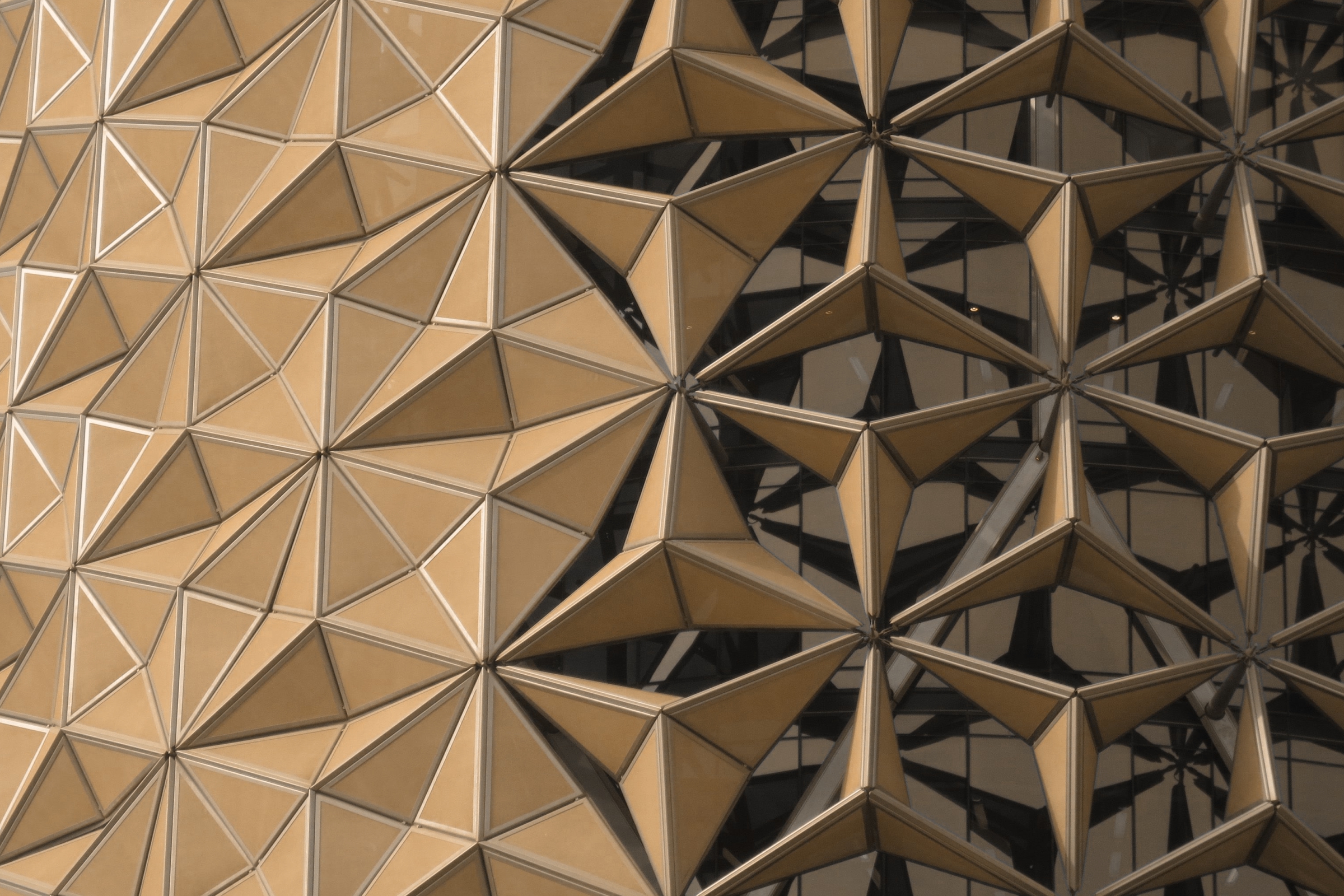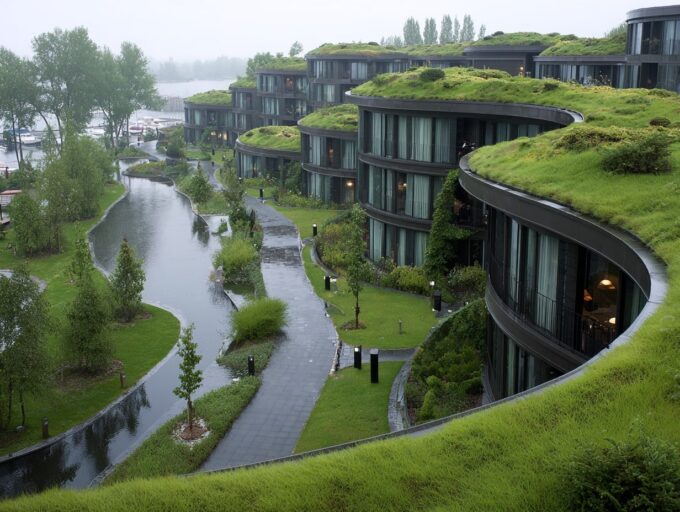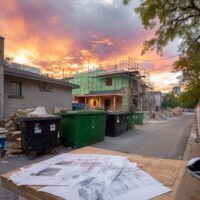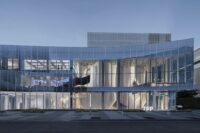- Home
- Articles
- Architectural Portfolio
- Architectral Presentation
- Inspirational Stories
- Architecture News
- Visualization
- BIM Industry
- Facade Design
- Parametric Design
- Career
- Landscape Architecture
- Construction
- Artificial Intelligence
- Sketching
- Design Softwares
- Diagrams
- Writing
- Architectural Tips
- Sustainability
- Courses
- Concept
- Technology
- History & Heritage
- Future of Architecture
- Guides & How-To
- Art & Culture
- Projects
- Interior Design
- Competitions
- Jobs
- Store
- Tools
- More
- Home
- Articles
- Architectural Portfolio
- Architectral Presentation
- Inspirational Stories
- Architecture News
- Visualization
- BIM Industry
- Facade Design
- Parametric Design
- Career
- Landscape Architecture
- Construction
- Artificial Intelligence
- Sketching
- Design Softwares
- Diagrams
- Writing
- Architectural Tips
- Sustainability
- Courses
- Concept
- Technology
- History & Heritage
- Future of Architecture
- Guides & How-To
- Art & Culture
- Projects
- Interior Design
- Competitions
- Jobs
- Store
- Tools
- More
Incorporating Urban Green Spaces in Modern Design

As our urban spaces increasingly succumb to concrete jungles, the call for incorporating green spaces in modern design has become not just a desire but a necessity. Urban green spaces—parks, green rooftops, community gardens, street trees—bring immense benefits for environmental health, biodiversity, social cohesion, and the mental well-being of city dwellers. This article explores the concept of urban green spaces, the need for their integration into modern urban design, and how this can be effectively achieved.
Understanding the Importance of Urban Green Spaces
At the forefront, urban green spaces serve as the lungs of our cities, absorbing carbon dioxide and releasing oxygen, significantly helping to improve air quality. These spaces also provide important habitats for various forms of wildlife, contributing to biodiversity even within concrete-laden urban environments. Additionally, urban green spaces help mitigate the effects of urban heat islands—a phenomenon where city regions experience much higher temperatures than their rural surroundings due to human activities.
From a social perspective, green spaces in urban areas offer venues for physical activity, relaxation, and social interaction, contributing significantly to the well-being and quality of life of urban residents. Several studies have found a correlation between access to green spaces and reduced levels of stress, improved cognitive function, and overall better health.

The Need for Integration in Modern Urban Design
In spite of these compelling benefits, the reality is that many of our cities are rapidly losing their green spaces. This loss is often driven by a demand for additional housing, commercial zones, and infrastructural developments. It is here that the need for incorporating green spaces into modern urban design becomes paramount. To address the current crisis and prevent further degradation, green space integration needs to be factored in at the planning stage of city design and development.
Strategies for Incorporating Urban Green Spaces
There are several ways to incorporate green spaces into modern urban design:
- Green Roofs and Walls: Green roofs and living walls can be incorporated into residential, commercial, and public buildings. These spaces not only contribute to urban cooling and improved air quality but also provide spaces for urban gardening and biodiversity conservation.
- Urban Parks and Gardens: These spaces serve as an oasis amidst the concrete structures. Depending on the space available, they could range from pocket parks to larger city parks. These spaces also provide an avenue for social interactions, recreational activities, and community events.
- Tree-Lined Streets: Trees should be an essential part of urban street design. They provide shade, improve air quality, and enhance the aesthetic appeal of city streets.
- Natural Drainage Systems: These involve the use of green spaces to manage urban stormwater. By integrating natural drainage systems into urban design, cities can control flooding and improve the quality of surface water.
- Urban Agriculture: Community gardens and urban farms not only contribute to urban greening but also improve food security and offer educational opportunities for urban dwellers.
- Reclaimed Green Spaces: Unused or underused urban spaces, such as vacant lots or old industrial areas, can be reclaimed and converted into green spaces.
The integration of urban green spaces in modern design requires a paradigm shift in how we view and design our urban spaces. It is not just about beautifying our cities but also about creating sustainable, resilient, and healthy urban environments. Planners, architects, environmentalists, and city dwellers must collaborate in this green vision, promoting policies and practices that incorporate and preserve urban green spaces. After all, the future of urban living is not just about skyscrapers and smart infrastructure but also about how well we coexist with nature amidst these structures.

Examples of Urban Green Spaces
- Gardens by the Bay, Singapore: Singapore is often referred to as a “City in a Garden,” with Gardens by the Bay being a prominent example of this vision. This 101-hectare nature park includes the Flower Dome, the world’s largest glass greenhouse, and the Cloud Forest, a massive indoor garden. The park’s Supertree Grove features 18 vertical gardens that collect rainwater, generate solar power, and act as venting ducts for the conservatories.

Credit: JERDE | Namba Parks - The Sponge City Initiative, China: In response to severe flooding problems in its urban areas, China has launched the “Sponge City” initiative. This initiative aims to create cities where up to 70% of rainwater is absorbed and reused through the combination of natural green spaces and innovative design. The first 30 cities piloting this project, including Shanghai and Xiamen, have seen promising results in flood mitigation and water purification.
- Namba Parks, Osaka, Japan: Namba Parks is an office and shopping complex that incorporates a large green space in its design. It features a rooftop garden that spans several city blocks, small groves of trees, cliffs, lawns, streams, waterfalls, and even space to grow vegetables. The design creates a canyon-like effect that offers a breath of fresh air in the middle of Osaka’s bustling urban environment.

Credit: JERDE | Namba Parks
Submit your architectural projects
Follow these steps for submission your project. Submission FormLatest Posts
Top 10 Landscape Architecture Books Every Modern Designer Should Explore
Landscape architecture combines creativity, ecological science, and human experience. For designers seeking...
7 Powerful iPad Apps for Modern Landscape Architecture & Garden Design
In 2025, iPad-based workflows have become essential for landscape architects and garden...
The United States’s Most Beautiful Parks and Gardens: Our Essential Guide
Discover the United States’s Most Beautiful Parks and Gardens with expert picks,...
Lawn Care Fundamentals That Make or Break Outdoor Designs
Most architecture students spend years learning design software and theory. Then they...











Leave a comment